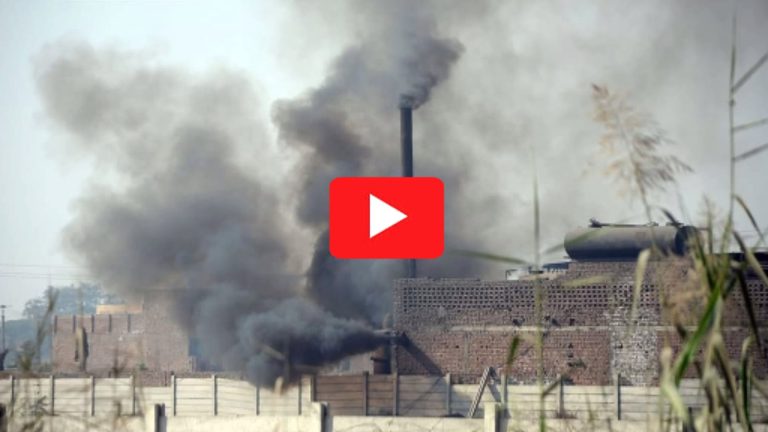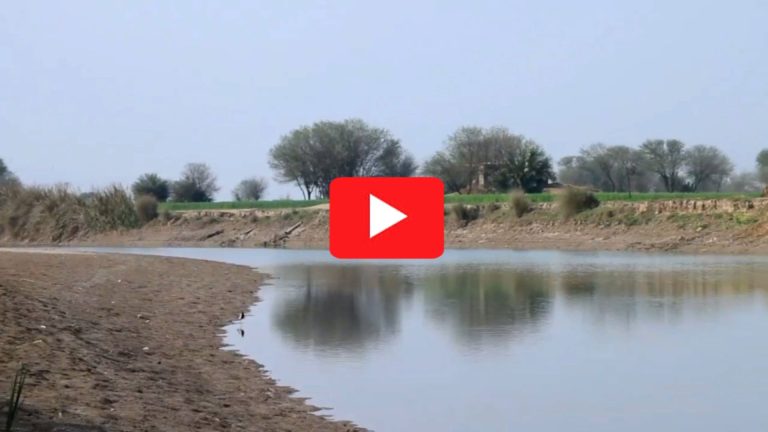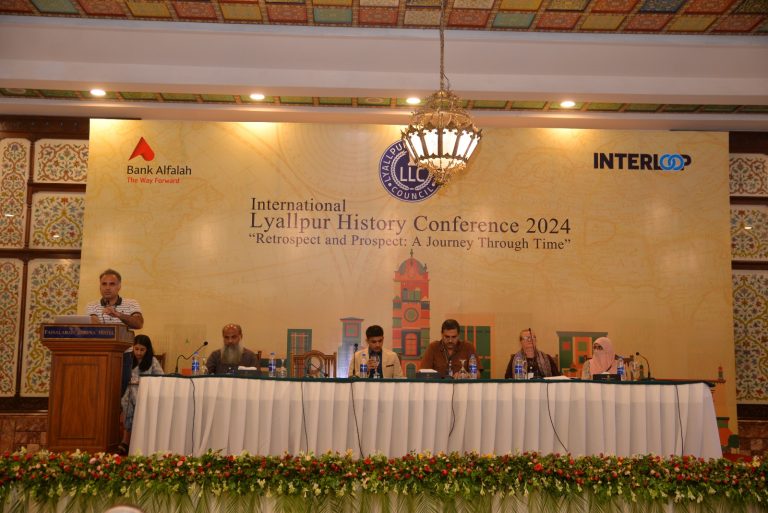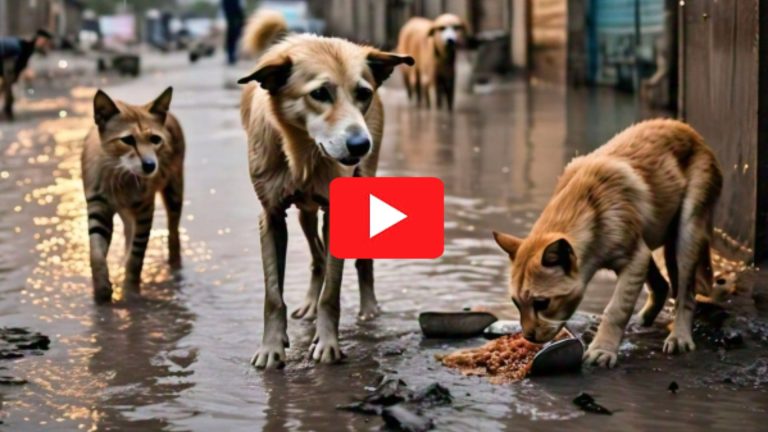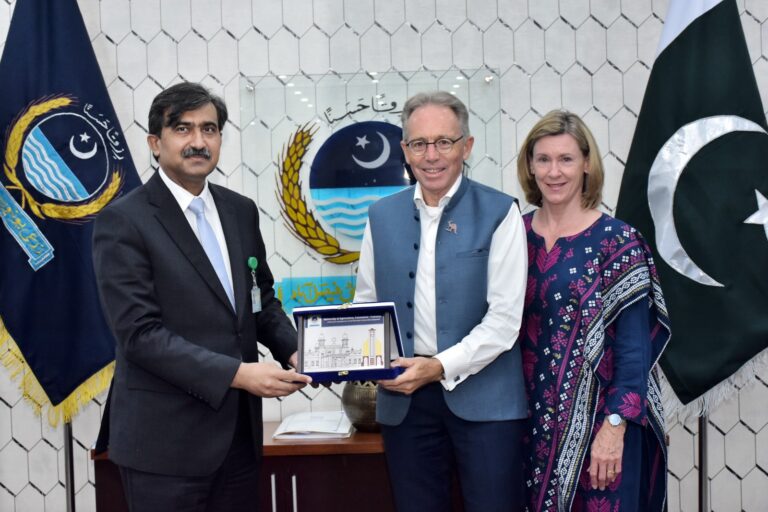The Importance of Agroforestry and Urban Forestry in Mitigating Climate Change Risks

Cities are witnessing the rapid conversion of fertile agricultural land into housing societies. This alarming trend is not only reducing green spaces but also accelerating issues like smog and air pollution. According to scientists, construction on just one hectare of agricultural land permanently destroys 15 tons of vital soil organisms responsible for maintaining its fertility. This is a tragic paradox while the world invests heavily in transforming barren lands into arable fields, we are relentlessly building over our precious fertile lands. Experts in forestry emphasize that to combat the growing threats of climate change, Pakistan must prioritize agroforestry and urban forestry. Agroforestry integrates trees into agricultural systems, enhancing biodiversity, improving soil health, and contributing to carbon sequestration. Urban forestry, on the other hand, promotes the planting and maintenance of trees in urban areas, offering cleaner air, reduced heat islands, and a better quality of life. The loss of fertile land is not just an environmental issue it’s a challenge to food security, biodiversity, and public health. It is imperative that we rethink our urbanization policies and adopt sustainable practices that protect both the environment and the people.

